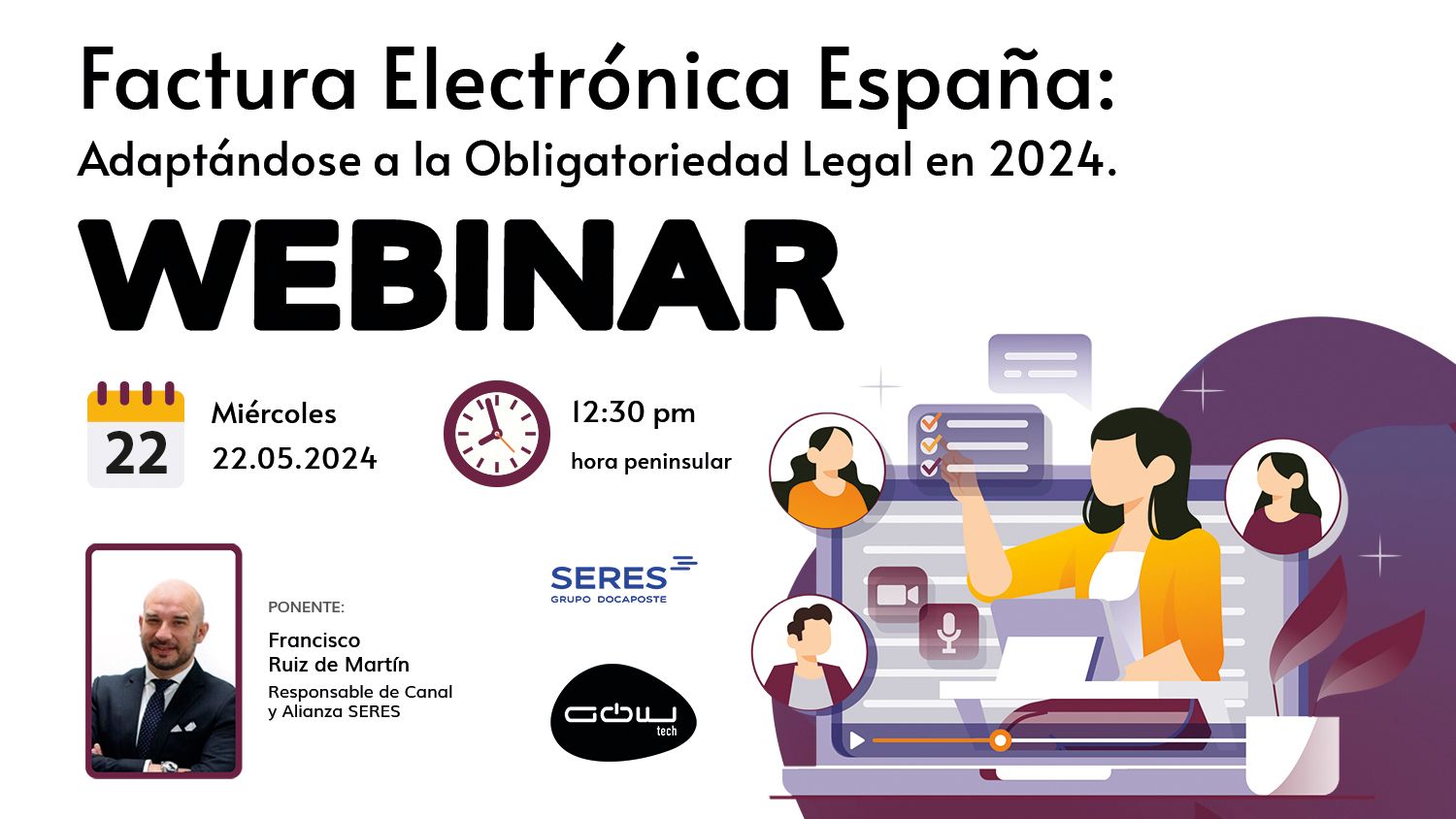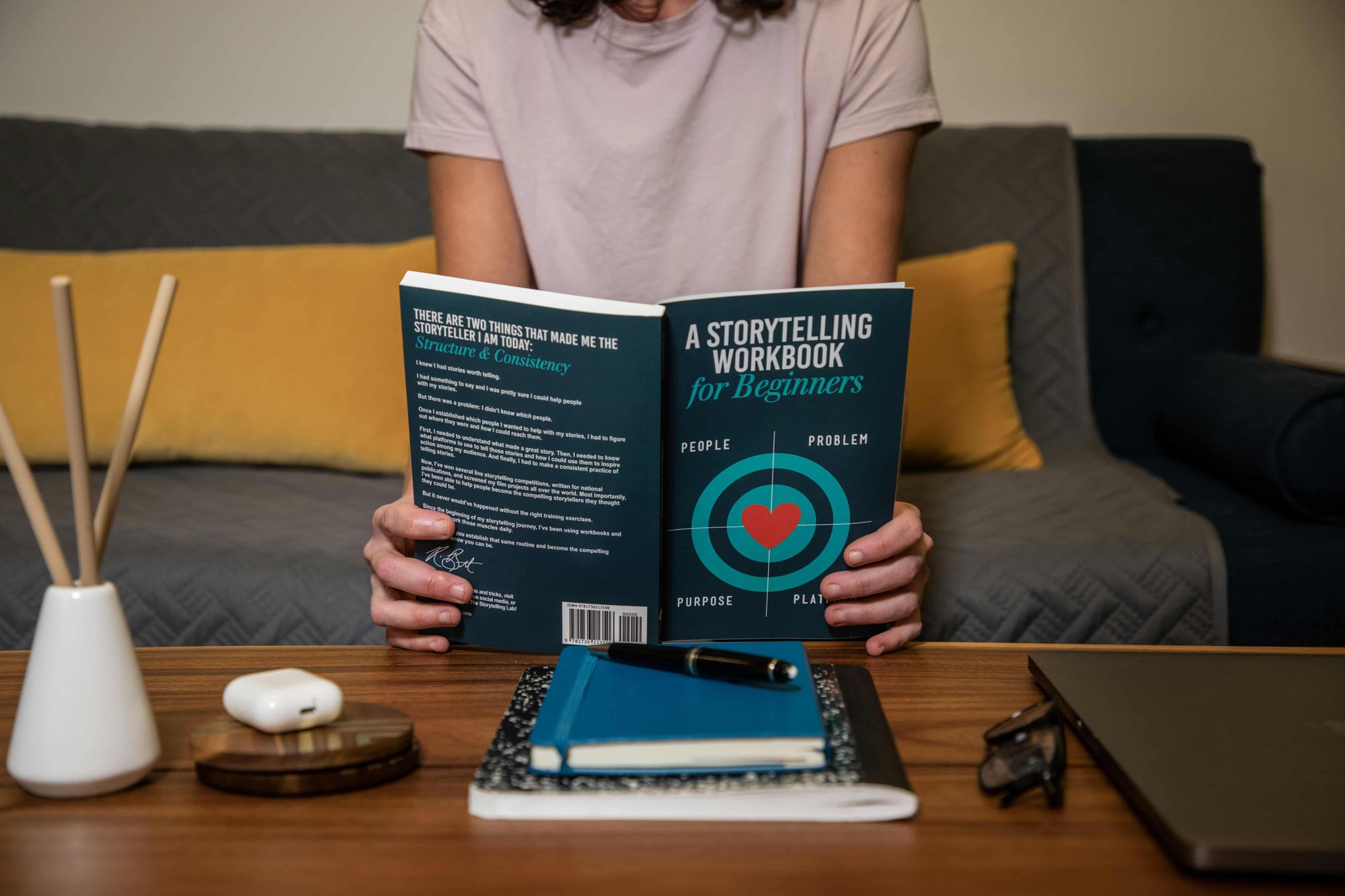What is the UX design?
UX is the acronym of User Experience and refers to all those aspects related to the interaction with the user , regardless of the device and includes not only the design but also the visual aspect, the quality of the contents, the factors related to the emotions, feelings that build brand, as well as the reliability of the same. Thus, in a nutshell, it is the way in which users interact with an object, a website or an app and what is their degree of utility and satisfaction in doing so.
The user experience design (UX design) is responsible for perception and sensations that the use of a product or service leaves in people's minds are optimal under any point of view: ease of use, efficiency ...
If the UX design defines what, when, how, where, why and why a person uses an object, product or access to a service, the UX designer is responsible for everything that affects the interaction or dialogue of a person with a system.
What is the UI design?
On the other hand, the UI or User Interface focuses on the visual part. While UX is responsible for interaction and comfortable for the user, UI makes it attractive and visual. In short, the IU design is responsible for guaranteeing visual language , which communicates the customer with the service or product.
UX and UI must go hand in hand to achieve a 100% designed product for customers, a beautiful product is useful if it does not meet the needs of users. The analogy would be to wear a very beautiful but uncomfortable shoe, that shoe that dazzles but does not allow you the natural movement and therefore, you cannot do what you had proposed, leaving you sore and certainly frustrated.
Both UX and UI are fundamental components, not only for the user to enjoy the product , but of the mental and emotional image that the company's user will develop.
Improving the UX is really important
Today, user experience (UX) is key to attract and maintain quality traffic to a website .
A user experience or ptima can improve the generation of links, opinions of readers, shares on social networks and other user interactions with the content, which eventually affects positively on the collection . This is due to user orientation, which usually always appreciates a content with a high UX.
If the UX on a website is ineffective, this will be abandoned, on average, in less than 15 seconds and also, if it has a bad perception they will not return.
What can we improve from our UX to avoid this rejection by users? Next we will show you some points to take into account in the improvement of the UX/UI design.
5 tips to improve the UX/UI of your website
At this point we will see what aspects we should take care of and improve to obtain a better user experience and at the same time, improve basic aspects for SEO, which will result in an increase in visits, an increase in sales and greater conversion rate.
One aspect to keep in mind is: How do our eyes process digital content? Users do not read, but scan our websites, make a fast sweep and only stop at those points that capture their attention. Therefore, to get the user to stay on your website, it is key to offer quality content with a sensation of order and harmony.
1 - Find out who visits you
Knowing who sees our content is essential, because who are you going to improve the experience? What is your average age?, In what topics on your website spend more time?
It is essential to do an investigation and segmentation of your target audience. With this information you can adapt the design of your website (typography colors, images, buttons), the hierarchy of information (which is what really interests your audience) and content (language and expressiveness) so that your audience falls in love with everything you offer.
If you did the investigation, congratulations! You have already given one more step to improve your UX/UI. If on the contrary, you have not defined the user's profile , there are programs that will be of great help such as Google Analytics and that will provide you with all the information you need.
2 - Create a simple, accurate and accessible navigation menu
We will put ourselves in our user's skin. We all like to be able to solve our problems or seek information in the fastest and fastest possible way. So the first thing that should be analyzed is the effectiveness of our menu. Are all the relevant sections in the menu? Are they well organized? Do I really need a submenu?
Taking care of all these aspects of the navigation menu is fundamental, it is really the starting point with which the user moves on our website. So it is essential to have a website with a linear navigation, simple and easy to understand. It is useless to have an extensive and complicated menu if the user cannot access the content you want or find it frustrating to do it. A fixed menu ends up please the user, because it makes it waste less time and effort, taking exactly what you are looking for.
If you need it, you can use submenus, but without saturating or confusing. A simple structure already is agile and elegant.
Links be as general and direct as possible. Find the words that your target audience expects to see, define those that will be key and apply them. If you have doubts, you can analyze the website of a competitor.
After the simplicity of a menu there is a lot of organization and cataloging work.
3 - Take care of the details in the design of your website
Design a website that transmits a clear and concrete image of who you are. Take care of the audiovisual content; Images in good quality, videos, infographics, animations ..., use all these elements with harmony and with a specific purpose and the improvement of User Experience will be more than evident.
The use of moving content within simple pages, really manages to capture user attention. So if you have very important content, put it in an animation!
You have to take into account the use of space based on the user's interest, that is, not saturate the same page of information and use occult elements. Thus, the information is always available for the users in the event that you want to access it.
Finally, create a strategy to show related content. The user is willing to consume similar content if the current one is not exactly what he is looking for or simply if he wants to know more. So relate and show to have an efficient, practical and profitable UX.
4 - Improves the load speed of your website
What most impatient users is that a place late to load, and with "much" I mean an average of 5 seconds. That is, if our website takes more than 5 seconds to load, the user will continue his search in other more immediate sites We must ensure that the speed of our site is as fast as possible.
A good solution is to adapt the load from the page to the scroll , in this way, our site loads depending on the user, which improves loading times and the visitor barely perceives it.
5 - Improve your website contact
It is typical to put our contact page at the end of the menu, but there is not much strategy in this. In fact, putting contact information from the cover and in other relevant points of your website is a considerable improvement of the "call to action" . Through buttons we can take the user to contact forms or a chat in real time. Humanizing user interaction with our site must be a priority.
Conclusion
The user experience is essential for any web project that we are developing. It can be simplified in several objectives; Know what need and problem have to cover our users, develop content that is more useful for users and increase the positive impact and the number of audiences.
User satisfaction will be necessary to build the value and reputation of the company. They will be the ones who tell us if we are on the right track.





